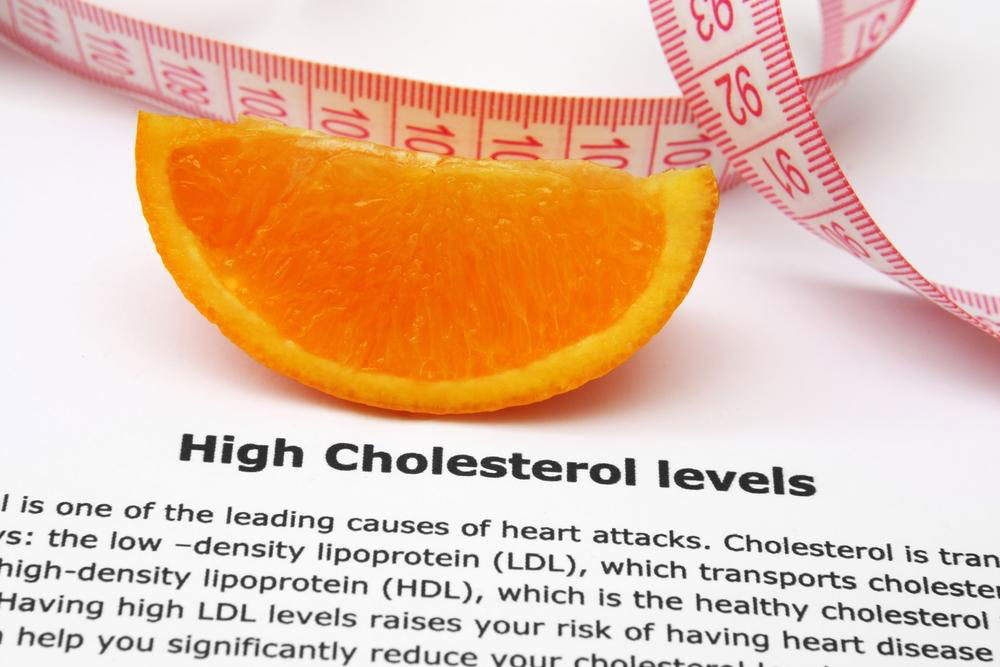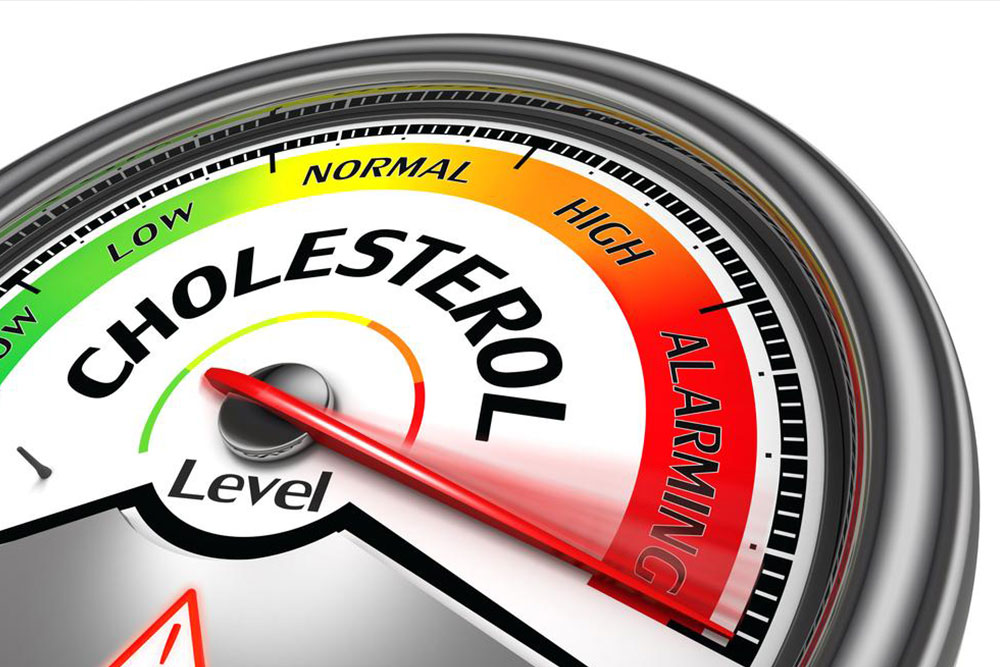Comprehensive Guide to the Top 7 Causes of Chest Discomfort and How to Recognize Them
Chest discomfort can stem from numerous health issues, ranging from digestive problems and lung conditions to heart diseases and psychological factors. Recognizing these causes helps in timely treatment and avoiding potential emergencies. This comprehensive guide details the top seven reasons behind chest pain, their symptoms, and critical advice on when to seek medical attention. Understanding the underlying cause is vital for effective management and recovery, making this a valuable resource for individuals experiencing chest discomfort or concerned about their health.

Comprehensive Guide to the Top 7 Causes of Chest Discomfort and How to Recognize Them
Chest discomfort is a common symptom that can arise from a wide range of health issues, varying from minor conditions to life-threatening emergencies. The sensation of chest pain or tightness can be sharp, stabbing, dull, burning, or persistent, making it essential to understand the possible causes to seek appropriate medical care. While heart-related problems like heart attacks often dominate the discussion around chest pain, numerous other health circumstances involving organs, nerves, muscles, bones, and psychological factors can produce similar symptoms. Recognizing the underlying cause of chest discomfort not only helps in timely treatment but can also be lifesaving. This detailed guide explores the seven most common causes of chest discomfort, their symptoms, and when to seek medical attention.
Gastrointestinal Issues as a Cause of Chest Discomfort
One of the most frequent causes of chest pain is related to the digestive system. Conditions like gastroesophageal reflux disease (GERD) cause stomach acids to reflux into the esophagus, resulting in a burning sensation that is often felt in the chest area, commonly referred to as heartburn. This burning sensation can sometimes mimic angina, leading to confusion about the severity of the condition. Hiatal hernias, where part of the stomach pushes through the diaphragm into the chest cavity, can also cause persistent chest discomfort. Other gastrointestinal issues include inflammation of the esophagus (esophagitis), esophageal ulcers, perforations, or rupture of the esophageal lining. Gallbladder inflammation (cholecystitis) or bile duct obstructions can lead to intense chest or upper abdominal pain radiating toward the chest, especially after fatty meals. Recognizing these symptoms can facilitate prompt management through dietary modifications, medications, or surgical interventions if necessary.
Pancreatic Disorders Responsible for Chest Pain
Diseases affecting the pancreas, such as pancreatitis, pancreatic tumors, or duct obstructions, can cause intermittent or sustained abdominal pain that radiates towards the chest. Pancreatitis often manifests as severe, persistent upper abdominal pain that may worsen after eating and can radiate to the back and chest. Pancreatic cancer, while less common, may present with similar pain, along with weight loss and jaundice. These conditions warrant immediate medical attention for diagnosis through imaging and laboratory tests, as early intervention can significantly improve outcomes.
Digestive Tract Problems Leading to Chest Discomfort
Apart from acid reflux, other digestive issues can cause chest pain. Heartburn, manifesting as a burning sensation in the chest or behind the breastbone, is one of the most common. Problems swallowing (dysphagia) due to esophageal strictures or motility disorders can also produce chest discomfort, often accompanied by a sensation of food being stuck in the throat or chest. Chronic indigestion, bloating, or nausea may sometimes be linked with these symptoms, emphasizing the importance of professional diagnosis.
Pulmonary Causes of Chest Pain
The lungs and surrounding blood vessels are also common sources of chest pain. Conditions like pulmonary embolism – a blood clot lodged in the lung arteries – are medical emergencies characterized by sudden sharp chest pain, shortness of breath, and rapid heartbeat. Pulmonary hypertension, which involves elevated blood pressure in the lungs, can cause chest tightness, fatigue, and dizziness. Pleurisy, inflammation of the lung’s lining, typically results in sharp pain that worsens with deep breaths, coughing, or sneezing. Other lung-related conditions include pneumonia, which causes inflammation, and pneumothorax (collapsed lung), which leads to sudden chest pain and difficulty breathing.
Muscle and Nerve-Related Causes of Chest Pain
Injuries to the chest muscles, ligaments, or nerves—often due to trauma, heavy lifting, or sudden movements—can generate pain during breathing, coughing, or movement. Myofascial pain syndrome, characterized by tender points in the chest muscles, can also cause persistent discomfort. Shingles, caused by reactivation of the varicella-zoster virus, can lead to localized, sharp pain in the chest area, often preceding a rash. These pains may be sporadic or persistent, and typically intensify with activity or specific movements.
Bone-Related Causes of Chest Discomfort
Trauma to the ribs or sternum, such as fractures or bruises, can produce sharp, localized pain, especially with each breath or movement. Conditions like costochondritis, an inflammation of the cartilage where ribs meet the breastbone, result in aching or stabbing pain that worsens with physical activity or pressure. Rib tumors or bone metastases may cause dull, ongoing pain and local swelling or inflammation. Recognizing these symptoms is crucial for appropriate imaging and treatment.
Psychological Factors Leading to Chest Discomfort
Anxiety, panic attacks, and intense stress often manifest physically as chest tightness, stabbing pains, palpitations, and shortness of breath. These symptoms are sometimes mistaken for cardiac emergencies but are usually linked to heightened physiological responses. During panic attacks, individuals may experience a rapid heartbeat, sweating, trembling, and a feeling of impending doom. Managing psychological causes often involves therapy, stress reduction strategies, and sometimes medication. Understanding the psychological component is essential in comprehensive treatment.
Other Possible Causes of Chest Pain
Several other health issues can cause chest discomfort, including metastatic cancers, chronic obstructive pulmonary disease (COPD), mitral valve prolapse, diaphragm abnormalities, or asthma. Each condition presents with unique features that require specific diagnostics and management plans.
Heart-Related Causes of Chest Pain
Cardiovascular conditions are among the most dangerous causes of chest pain. Coronary artery disease (atherosclerosis) leads to reduced blood flow to the heart muscle, causing angina—a squeezing chest pain that feels like pressure. Heart attacks (myocardial infarction) are sudden, severe, and often accompanied by sweating, nausea, and shortness of breath. Pericarditis, inflammation of the lining around the heart, causes sharp chest pain that worsens with breathing or lying down. Hypertrophic cardiomyopathy—the abnormal thickening of heart muscle—can also produce chest discomfort. These conditions require immediate emergency care as they can be fatal if untreated.
Understanding the diverse causes of chest discomfort is essential for timely and effective treatment. If you experience persistent or severe chest pain, especially if accompanied by symptoms like shortness of breath, dizziness, or sweating, seek emergency medical attention promptly. Regular health checkups and prompt diagnosis can improve outcomes and save lives.





